The Ultimate Guide to Power Bank Solar Charger 20000mAh
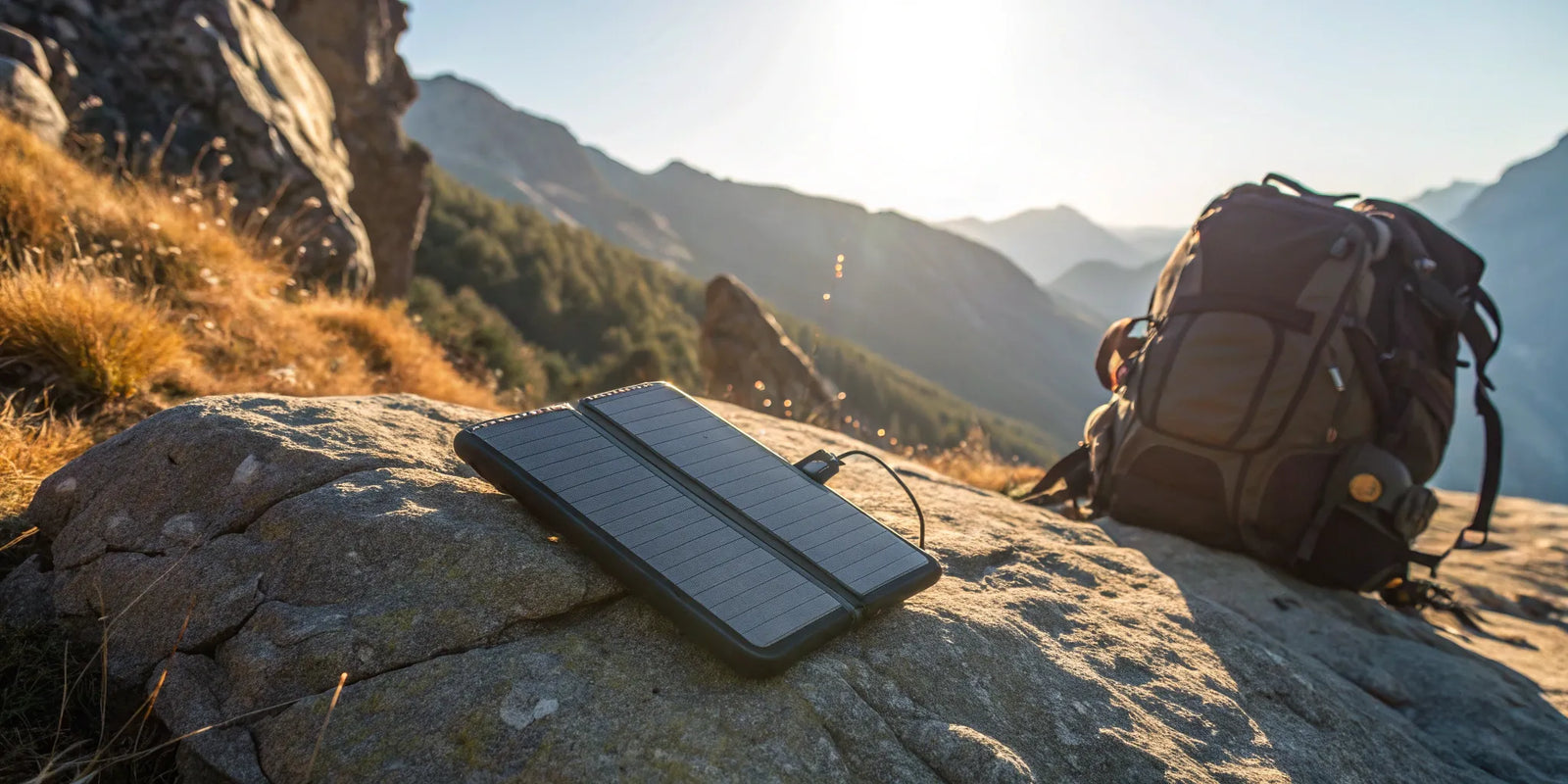
When you’re packing for a multi-day camping trip or putting together a go-bag, every piece of gear needs to earn its place. You need tools that are versatile, durable, and reliable. A power bank solar charger 20000mah checks all those boxes. It’s a high-capacity battery that can charge your phone, tablet, and GPS multiple times, but its true value comes from the built-in solar panel. This feature provides a sustainable way to trickle-charge the unit when you’re off-grid, giving you peace of mind that you’ll never be completely without power. It’s the smart, practical solution for anyone who values preparedness and independence.

Portable Solar Power Bank 26800mAh - 99Wh Fast Charger
Lithium Polymer (Li-Po) battery. PD fast charging. Holds up to 8 days of reliable power on a single charge. Boasts a charging speed 50% faster than ordinary portable chargers.
Shop NowKey Takeaways
- Charge at Home for Maximum Power: Always use a wall outlet to fully charge your power bank before a trip for the fastest, most dependable results. The solar panel is a fantastic backup for emergencies or for topping off your battery on multi-day adventures, not the primary charging method.
- Match the Features to Your Lifestyle: The best power bank for you depends on how you'll use it. Prioritize fast-charging ports like USB-C for quick power-ups, and look for a durable, water-resistant design if you need gear that can handle the elements.
- Understand Real-World Capacity and Care: A 20,000mAh power bank delivers about 14,000-15,000mAh of usable power due to normal energy loss. To ensure its longevity, store it with a partial charge (around 50%) in a cool, dry place when not in use.
What Is a 20,000mAh Solar Power Bank?
A 20,000mAh solar power bank is a portable battery pack designed to keep your devices running when you're away from a wall outlet. The "mAh" stands for milliampere-hour, which is just a way to measure its energy storage capacity. To put it simply, 20,000mAh is a hefty amount of power—enough to charge a modern smartphone four to six times, or fully charge a tablet with power to spare. It’s an excellent choice if you rely on multiple gadgets or spend extended periods off the grid, making it a go-to for frequent travelers and outdoor enthusiasts.
What makes this type of power bank special is its built-in solar panel. This feature gives you a way to recharge the battery using sunlight, adding a layer of self-sufficiency that’s perfect for multi-day adventures or emergency situations. While you can (and should) charge it from a wall outlet for the fastest results, the solar panel provides a reliable backup for trickling in power when you have no other options. It’s the perfect blend of high capacity and go-anywhere convenience, ensuring you stay connected whether you're on a camping trip, a long flight, or weathering a power outage at home.
How Do Solar Power Banks Work?
A solar power bank works in two ways. Primarily, it functions just like a standard power bank: you plug it into a wall outlet using a USB cable to fill up its internal battery. For the quickest charge before a trip, using one of KEUTEK's fast wall chargers is always your best bet.
The second method is solar charging. The small photovoltaic (PV) panels on the device capture sunlight and convert it into electrical energy, which is then stored in the battery. It’s important to know that solar charging is much slower than charging from an outlet. Think of it as a feature for topping off your power bank or for emergency use, rather than the main way to get it from zero to full.
Real vs. Advertised Capacity: What to Know
Here’s something you should know about any power bank you buy: the advertised capacity isn't the exact amount of power your devices will receive. A 20,000mAh power bank typically delivers around 14,000 to 15,000mAh of usable charge. This isn't a defect; it's just how battery technology works.
During the charging process, a small amount of energy—usually around 25-30%—is lost due to voltage conversion and heat. This is a normal efficiency loss that happens whenever power is transferred from one battery to another. So, when you’re planning your power needs, it’s helpful to keep this real-world capacity in mind. A 20,000mAh power bank still offers a massive amount of energy, but setting realistic expectations ensures you’re always prepared.
When to Use a Solar Power Bank
A high-capacity solar power bank is incredibly versatile, but it truly shines in situations where power outlets are a luxury. It’s an essential piece of gear for anyone who loves the outdoors. Whether you're camping for the weekend, hiking a remote trail, or spending a day at the beach, it gives you the freedom to keep your phone, GPS, or camera charged.
It’s also a traveler’s best friend, perfect for long-haul flights, road trips, or backpacking adventures. Beyond recreation, it’s a critical tool for emergency preparedness. When a storm knocks out the power, having a reliable source of fast portable power ensures you can stay informed and in contact with loved ones.
What to Look For in a Solar Power Bank
With so many options on the market, it’s easy to feel overwhelmed. But finding the right solar power bank comes down to matching its features to your specific needs. Whether you’re planning a week-long trek through the mountains or preparing an emergency kit for your family, not all chargers are created equal. Think about how you’ll use it, what devices you’ll be charging, and what conditions you’ll face. This will help you focus on the features that truly matter, so you can invest in a reliable power source that won’t let you down when you need it most. Let’s walk through the key things to look for.
Fast-Charging Capabilities
When you’re off the grid, you don’t have time to wait hours for your phone or GPS to charge. That’s why fast-charging technology is a must-have. Look for solar power banks that support modern standards like Power Delivery (PD) or Quick Charge (QC). These technologies allow the power bank to communicate with your device and deliver the fastest possible charge safely. It’s the same tech you’ll find in a high-quality fast wall charger, but built for portability. A power bank with fast-charging can get your phone from 0% to 50% in about 30 minutes, which is a game-changer in an emergency or when you’re on the move.
Port Types and Device Compatibility
A power bank is only useful if it can connect to your gear. Before you buy, take a quick inventory of the devices you plan to charge. Most modern electronics, from smartphones to tablets and cameras, use USB-C. It’s a versatile port that supports faster charging speeds. Many power banks still include traditional USB-A ports for older devices, which is great for broad compatibility. Make sure the power bank you choose has the right mix of ports for your needs. Having multiple ports also lets you charge several devices at once. Pairing your power bank with durable, high-quality cables ensures you get a reliable connection every time.
Durability and Build Quality
If you’re taking your solar power bank outdoors, it needs to be tough enough to handle the elements. Look for a rugged design with features that protect it from drops, dust, and water. Many outdoor-focused models have a rubberized or shock-absorbent casing. Pay attention to the IP (Ingress Protection) rating, which tells you how well it’s sealed against solids and liquids. For example, an IP67 rating means the device is completely dust-tight and can be submerged in up to one meter of water for 30 minutes. This level of durability gives you peace of mind, knowing your power source can survive an unexpected rainstorm or a tumble on the trail.
Essential Safety Features
You’re trusting a power bank with your expensive electronics, so safety should be a top priority. A quality solar power bank will have a multi-protection system built in to safeguard both the charger and your devices. Key features to look for include overcharge protection, which stops charging once your device’s battery is full, preventing damage. Other critical protections include short-circuit prevention, over-current protection, and temperature control. These features work together to ensure a safe and stable charge, protecting your gear from power surges and overheating. Reputable brands always build these safety measures into their products, so you can charge with confidence.
Smart Features and Other Extras
Beyond the basics, many solar power banks come with extra features that can be incredibly useful, especially for outdoor adventurers and emergency preppers. A built-in LED flashlight with multiple modes (like an SOS signal) is a common and practical addition. Some models also include an integrated compass and a carabiner clip, making it easy to attach the power bank to your backpack and charge on the go. These thoughtful additions turn your power bank into a multi-functional survival tool. When you’re looking for the right device, consider which of these extras will genuinely add value to your experience with fast portable power.
Solar Power Bank Myths, Busted
Solar power banks are incredibly useful, but it's easy to get tripped up by marketing claims that sound a little too good to be true. Let's clear the air and talk about what you can realistically expect from your device. Understanding the technology helps you use it more effectively, especially when you're relying on it for power. From charging speeds to what happens when the sun hides behind the clouds, here’s the real story behind some of the most common solar power bank myths.
The Truth About Solar Panel Efficiency
One of the biggest misconceptions is that the small, built-in solar panel can quickly recharge the entire 20,000mAh battery. The reality is that these panels are tiny and designed for emergencies, not for primary charging. Think of the solar feature as a way to trickle-charge your power bank or get just enough juice for a quick call when you're completely off-grid. For regular use, you'll get the best performance by charging it with a fast wall charger before you head out. Consider it a battery bank first and a solar charger second.
How Fast Can It Really Charge?
Let's separate two things: the speed at which the power bank charges itself via solar (which is very slow) and the speed at which it charges your devices. Many modern solar power banks offer impressive output speeds for your phone or tablet, with some providing up to 20W of power. This means you can get a significant charge in a short amount of time, which is exactly what you need when you're on the move. Always check the output specs to ensure the power bank can quickly charge your specific devices.
Setting Realistic Capacity Expectations
You bought a 20,000mAh power bank, so you get 20,000mAh of power, right? Not exactly. During the process of transferring power from the bank to your device, some energy is always lost, usually around 25-30%. This is a normal part of how batteries work. So, a 20,000mAh power bank will realistically deliver about 14,000–15,000mAh of usable charge. That’s still a huge amount of power—enough to charge a standard smartphone three to four times—but it's important to have a realistic idea of its portable power capacity.
What Happens When It's Cloudy?
While a solar panel can technically draw some power on an overcast day, the output drops dramatically. Solar charging is highly dependent on direct, bright sunlight. On a cloudy day, or if the panel is in the shade, the charging speed will be extremely slow and may not be enough to make a noticeable difference. For this reason, you should never rely on solar as your only charging method. It’s a fantastic backup for emergencies, but for reliable power on the go, a fully charged battery or a fast car charger is always your best bet.
Our Top Picks for 20,000mAh Solar Power Banks
With so many options out there, picking the right solar power bank can feel a little overwhelming. The truth is, the “best” one really comes down to what you need it for. Are you a weekend hiker who just needs a reliable backup, or are you preparing for a week-long, off-grid adventure where every ounce of power counts? Your budget, the devices you need to charge, and how you plan to use it will all point you toward the perfect match.
To make it easier, I’ve broken down our top picks into a few key categories. We’ll start with our own go-to option, then explore some high-end models for the serious adventurer and some great picks that won’t break the bank. Think of this as your personal shopping guide to finding a solar power bank that’s ready for anything you throw at it. We’ll focus on what truly matters—performance, durability, and value—so you can make a choice you feel confident about.
KEUTEK's Fast-Charging Solar Power
When you need power you can count on, especially when you’re away from an outlet, efficiency and durability are non-negotiable. KEUTEK’s range of fast portable power solutions are designed with exactly that in mind. Our 20,000mAh solar power banks are built to deliver a quick, reliable charge to get your devices back up and running in no time. We focus on creating gear that can keep up with your adventures, whether you’re camping, traveling, or just preparing for an emergency. With a KEUTEK solar charger, you’re not just getting a battery; you’re getting a durable and efficient power source designed for life on the go.
The Best High-End Options
If you’re an avid outdoor enthusiast or someone who depends on their gear in demanding situations, investing in a high-end solar power bank is a smart move. These premium models are defined by their advanced features, like highly efficient solar panels for faster charging, multiple USB ports to power several devices at once, and exceptionally rugged, often waterproof, designs. They are built to withstand drops, dust, and downpours. While they come with a higher price tag, the peace of mind that comes from having a truly reliable power source when you’re miles from civilization is priceless. These are the power banks you can trust on a multi-day trek or during a serious power outage.
Great Picks for Any Budget
You don’t have to spend a fortune to get a dependable solar power bank. There are plenty of budget-friendly options that offer excellent performance and reliability. The key is to find a model that balances capacity, charging speed, and durability without adding a ton of bells and whistles you might not need. When you’re looking for value, focus on the core features. Does it have the 20,000mAh capacity you need? Does it have at least one fast-charging port? A solid build is also important, so look for sturdy materials. Much like our durable and affordable fast wall chargers, a good budget power bank proves that quality doesn’t always have to come with a premium price.
Comparing the Costs
Prices for 20,000mAh solar power banks can vary quite a bit, and it’s helpful to know what you’re paying for. A model’s price is usually influenced by its brand reputation, build quality, solar conversion efficiency, and extra features. Budget-friendly options might use less-efficient solar panels or have a simpler plastic casing. Mid-range and high-end models often feature more durable materials, better safety features, and faster charging technology. When you’re comparing costs, think about long-term value. Investing a bit more in a power bank with a higher-quality build and more efficient solar panels, like our reliable ProSeries USB-C cables, often means better performance and a longer lifespan for your gear.
Find the Right Solar Power Bank for You
Choosing a solar power bank isn't a one-size-fits-all situation. The best one for you depends entirely on your lifestyle, the gear you carry, and where you plan to use it. Someone who needs a reliable backup for their car on long road trips has different needs than a backpacker trying to keep their GPS and phone charged deep in the wilderness. To cut through the noise and find your perfect match, think about these four key areas. By answering a few simple questions about your habits, you can confidently pick a power bank that will be ready when you need it most, whether you're facing a power outage at home or summiting a mountain. It’s all about matching the features to your real-world needs.
Figure Out How Much Power You Need
First things first, let's talk capacity. A 20,000mAh power bank is a fantastic sweet spot for most people, especially if you’re often away from outlets or rely on multiple devices. This capacity is generally enough to charge a modern smartphone four to five times, or fully charge a tablet with power to spare. Think about your typical usage. Are you just topping off your phone at the end of the day, or are you powering a phone, a camera, and a headlamp on a weekend camping trip? If you’re a heavy user or preparing an emergency kit for your family, a 20,000mAh unit from a collection of fast charging portable power solutions provides a solid buffer without being excessively bulky.
Consider Your Environment
Where will you be using your solar power bank? Your answer dramatically changes what you should look for. If it’s primarily for home backup or travel between hotels, standard durability is probably fine. But if you’re an outdoor adventurer, you need something tougher. Look for power banks that can handle the elements—specifically, ones with an IP rating for water and dust resistance. An IP rating tells you exactly how protected the device is against solids and liquids. Models built with rugged materials like reinforced polymers or aluminum are also better equipped to survive accidental drops on the trail. Your environment dictates how durable your gear needs to be, so don't overlook build quality.
Decide on Portability vs. Power
Here’s the classic trade-off: size versus capacity. A high-capacity power bank with a large solar panel is amazing for stationary use, like at a campsite or in your emergency kit at home. But if you’re hiking or traveling light, every ounce matters. A lighter, more compact unit will be much easier to carry in a backpack all day. If your power bank will live in your truck, a heavier and more powerful system is a great choice. Consider how you’ll carry it and how much weight you’re willing to add. For vehicle-based adventures or preparedness, pairing it with a dedicated fast car charger ensures you have multiple ways to stay powered up.
Match Charging Speed to Your Needs
A power bank is only useful if it can charge your devices efficiently. Before you buy, check its output capabilities. Does it have the right ports for your gear, like USB-A and, more importantly, USB-C for modern devices? Many new phones, tablets, and even laptops use USB-C for fast charging. Speaking of which, verify that the power bank supports fast-charging protocols if your devices are compatible. This can mean the difference between waiting 30 minutes for a usable charge or several hours. To get those top speeds, you’ll also need quality USB-C cables that are designed to handle the higher power delivery.
Get the Most Out of Your Solar Power Bank
The Best Way to Charge It
Your solar power bank gives you two ways to charge: using the sun or plugging it into a wall outlet. While the solar panel is an amazing feature, think of it as your backup plan. For the fastest and most reliable charge, always use a wall outlet before you head out on a trip. A powerful fast wall charger will get your power bank to 100% in just a few hours. Solar charging is much slower and depends heavily on clear, sunny weather. It’s perfect for topping off your battery on a multi-day hike or during a power outage, but not for the primary charge.
Simple Maintenance for a Longer Lifespan
Keeping your power bank running for years is pretty simple. First, avoid extreme temperatures. Never leave it in a hot car, as high heat can damage the battery. Modern power banks have built-in safety features to prevent overcharging and short circuits, so you don’t have to worry about leaving it plugged in too long. Just wipe the solar panels with a soft, dry cloth occasionally to keep them free of dust and grime, ensuring they can absorb as much sunlight as possible when you need them. Following these simple battery care tips can make a big difference.
How to Store It Properly
How you store your power bank matters, especially for long-term battery health. Before you use it for the very first time, make sure to give it a full charge from a wall outlet. If you plan on storing it for a while—say, in your emergency go-bag—don’t leave it completely full or completely empty. The sweet spot for long-term storage is a partial charge, around 50%. Store it in a cool, dry place away from direct sunlight. This prevents the battery from degrading over time, ensuring it’s ready to go when you need it.
Using Your Power Bank in an Emergency
A solar power bank is a must-have for any emergency kit. It’s designed to give you power when you’re completely off-grid or the power goes out at home. To make it truly effective, keep it charged and stored with a durable cable, like one of KEUTEK's ProSeries USB-C cables. This ensures you can connect to your essential devices without a second thought. Having a reliable backup power source means you can keep your phone charged to contact family, use a GPS, or power a small light. It’s a small piece of gear that provides huge peace of mind.
How to Make a Smart Buying Decision
You’ve done the research, compared the specs, and have a good idea of what you need. Now for the final step: actually buying your solar power bank. Making a smart purchase isn’t just about finding the lowest price; it’s about ensuring you get a quality product that will be there for you when you need it most. Let’s walk through the key things to consider so you can buy with confidence and get the best value for your money.
Where Should You Buy From?
When you’re ready to buy, it’s best to stick with reputable sources. Buying directly from a trusted brand’s website is often your best bet, as you’re guaranteed to get an authentic product and can easily access customer support. Reputable online retailers are also a solid choice, but make sure you read customer reviews and check the seller’s ratings before adding anything to your cart. These platforms provide detailed product descriptions and real-world feedback that can help you confirm you’re making the right choice. A little due diligence here goes a long way in avoiding knock-offs or duds.
Don't Forget the Warranty
A warranty is more than just a piece of paper—it’s a company’s promise to stand behind its product. Before you click "buy," always check the warranty details. A solid warranty provides peace of mind and protects you from manufacturing defects or unexpected issues. If a company offers a strong warranty, it’s a good sign they’ve built their product to last. Think of it as your safety net. If something goes wrong, you won’t be left with a useless gadget and an empty wallet. It’s a simple step that can save you a lot of frustration down the road.
Accessories You Might Need
The power bank itself is the main event, but the right accessories can make a huge difference in how you use it. Think about what else you might need to complete your setup. A durable carrying case can protect your investment during travel or outdoor adventures. It’s also smart to have a reliable way to charge your power bank before you head out, so consider picking up a fast wall charger or a fast car charger to top it off quickly. Having high-quality cables ensures you’re getting the most efficient charge for both the power bank and your devices.
Thinking About Long-Term Value
It can be tempting to go for the cheapest option, but it’s worth thinking about long-term value. Investing a little more in a high-quality solar power bank from a reputable brand often saves you money and hassle later. A well-built device will be more durable, hold its charge better, and last for years. For anyone who relies on their gear in remote locations or emergencies, reliability is non-negotiable. Look for durable materials, efficient solar technology, and positive reviews. Choosing quality portable power solutions means you’re buying a tool you can depend on, not just a temporary fix.
The Eco-Friendly Side of Solar Power
Choosing a solar power bank isn't just about having a reliable charge on the go—it's also a step toward a more sustainable lifestyle. By harnessing the sun's energy, you can keep your devices running without relying on the grid. This makes it a smart choice for both your adventures and the environment. Let's look at how this small piece of tech makes a big difference.
Powering Up, Sustainably
At its core, a solar power bank runs on a clean, renewable resource: sunlight. Unlike traditional power sources that burn fossil fuels, solar energy is endlessly available and produces no emissions. Every time you charge your power bank with the sun, you’re tapping into a sustainable power source that helps reduce your overall carbon footprint. This gives you true energy independence, whether you're miles from the nearest outlet on a hiking trail or simply dealing with a power outage at home. It’s a practical way to make your daily tech use a little greener.
Lowering Your Carbon Footprint
When you think of off-grid power, a noisy, gas-guzzling generator might come to mind. Solar power banks offer a much cleaner and quieter alternative. They don't burn fuel, which means no harmful fumes are released into the atmosphere. This is especially important for outdoor enthusiasts who want to preserve the natural environments they love. By choosing a solar charger, you’re actively reducing your environmental impact and ensuring your backup power solution is as clean as the air you want to breathe. It’s a simple switch that makes a real difference for the planet.
The Bigger Picture: Environmental Impact
While a solar power bank might have a higher upfront cost than a standard one, its long-term value is undeniable. You gain the flexibility to charge your devices anywhere the sun shines, providing peace of mind during emergencies, travel, or any off-grid activity. This investment pays off in convenience and reliability. By opting for KEUTEK's fast portable power solutions, you're choosing a durable product built for the long haul, which means less electronic waste over time. It’s a forward-thinking decision that aligns with a resourceful and prepared mindset.
Related Articles
- Solar Power Banks: Ultimate Guide (2024)
- Solar Power Bank Guide: How to Choose & Use
- Best Solar Power Banks of 2025: Top Picks & Reviews
- Best Solar Power Bank Phone Chargers for 2024

Portable Solar Power Bank 26800mAh - 99Wh Fast Charger
Lithium Polymer (Li-Po) battery. PD fast charging. Holds up to 8 days of reliable power on a single charge. Boasts a charging speed 50% faster than ordinary portable chargers.
Shop NowFrequently Asked Questions
How long does it really take to charge the power bank using only the sun? Realistically, charging a 20,000mAh power bank from empty to full using only its built-in solar panel could take several days of direct, bright sunlight. The solar feature is designed for emergencies or for topping off the battery on a multi-day trip, not as the primary charging method. For the fastest and most efficient charge, you should always plug it into a wall outlet before you head out.
Can I take a 20,000mAh power bank on an airplane? Yes, you can typically bring a 20,000mAh power bank on a plane, but it must be in your carry-on luggage, not your checked bag. Most airlines have a limit of 100 watt-hours (Wh) for lithium-ion batteries, and a 20,000mAh power bank falls comfortably under that limit. It's always a good idea to double-check your specific airline's policy before you fly, just to be safe.
Is it safe to leave my phone connected to the power bank overnight? Absolutely. A quality solar power bank has built-in safety features, including overcharge protection. This system automatically stops sending power to your device once its battery is full. This prevents any potential damage from overcharging, so you can plug in your phone and rest easy knowing both your device and the power bank are protected.
Why doesn't my 20,000mAh power bank charge my phone as many times as I expected? This is a great question, and it comes down to energy transfer. No power bank delivers its full advertised capacity directly to your devices. During the charging process, about 25-30% of the energy is lost to heat and voltage conversion, which is completely normal for all batteries. So, a 20,000mAh power bank will provide around 14,000 to 15,000mAh of usable power, which is still plenty for multiple charges.
Does the solar panel still work if it's behind a window, like in my car or at home? While the panel might get some charge behind a window, its efficiency will be significantly reduced. Glass, especially treated or tinted glass in cars and homes, blocks a large portion of the UV rays that the solar panel needs to generate power effectively. For the best results, you should always place the panel in direct, unobstructed sunlight outdoors.


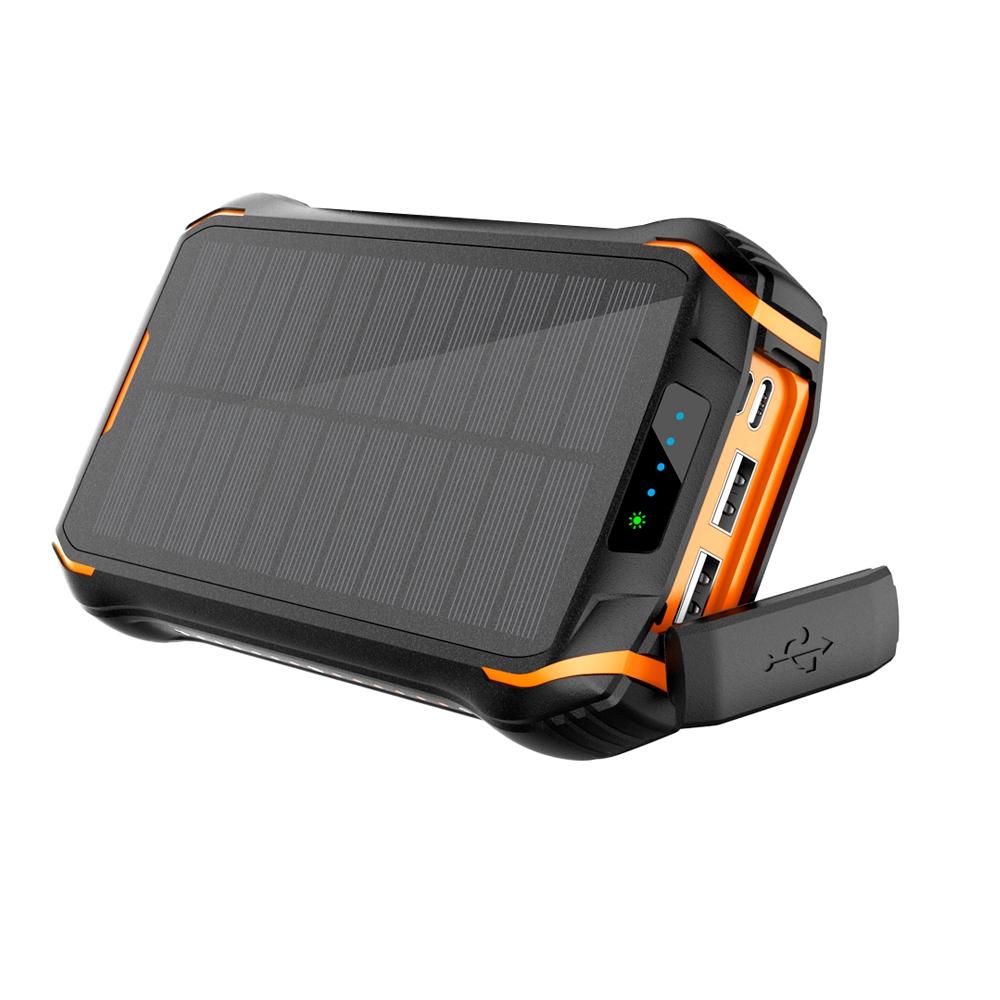
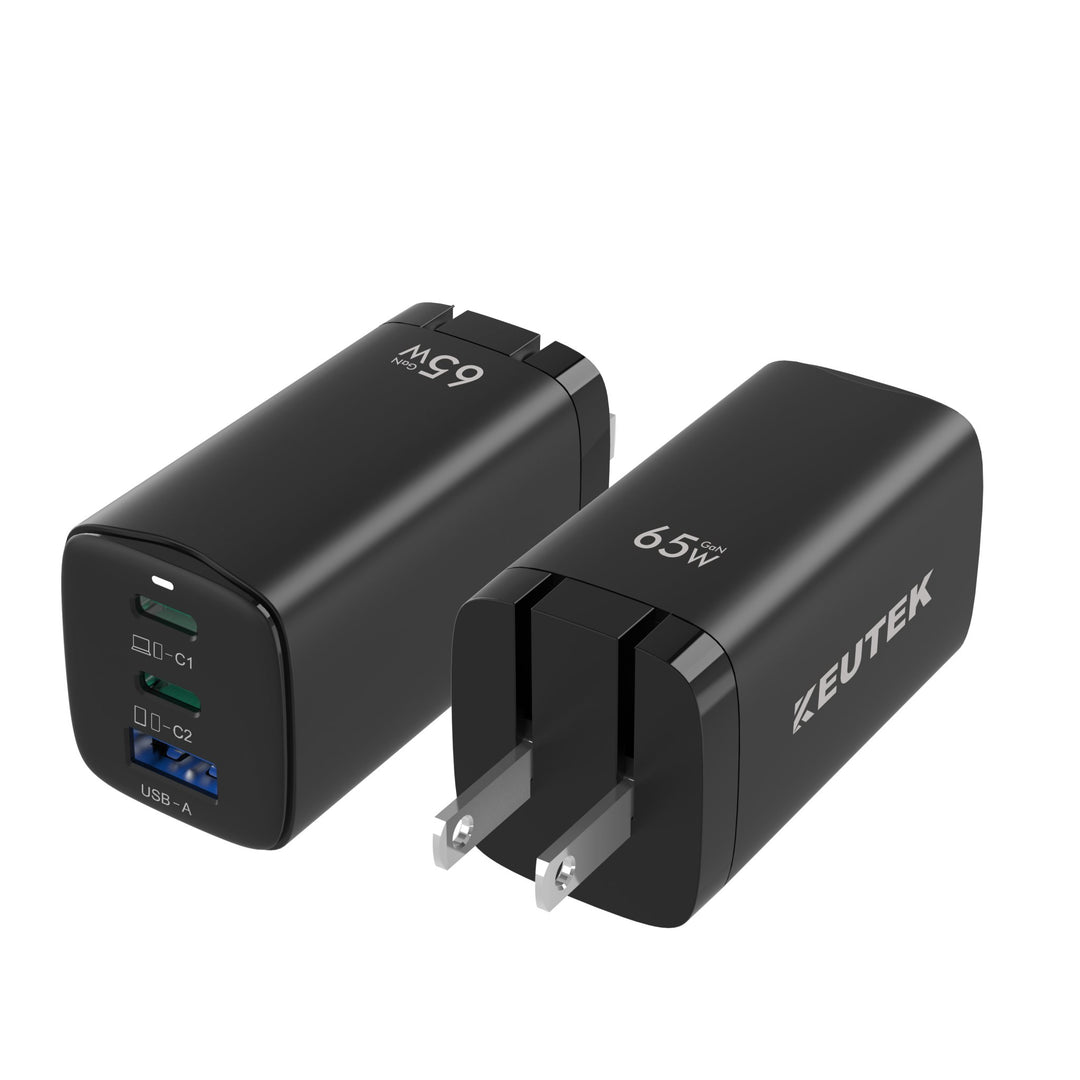
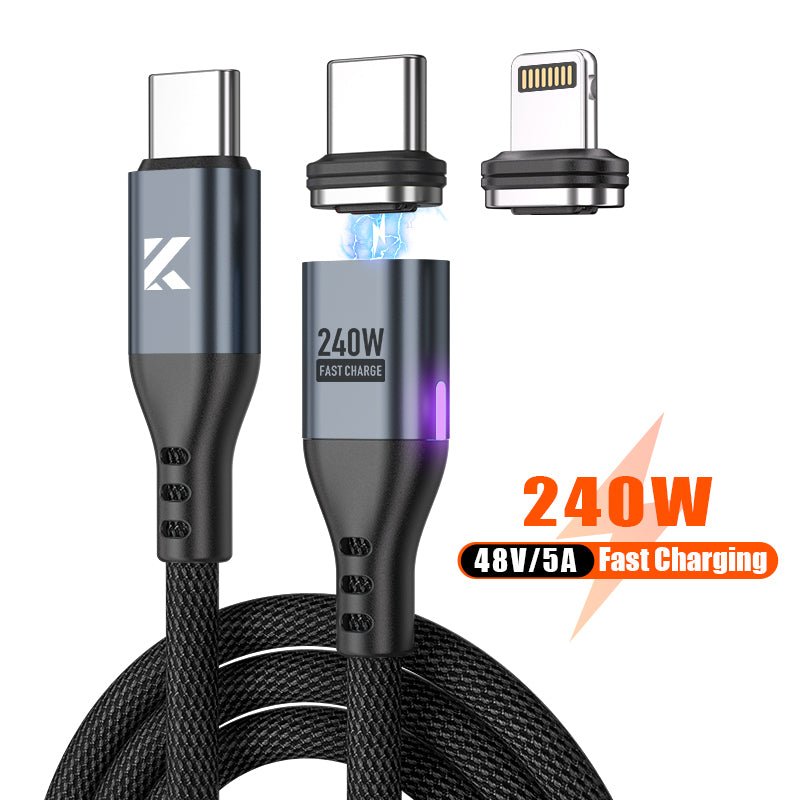
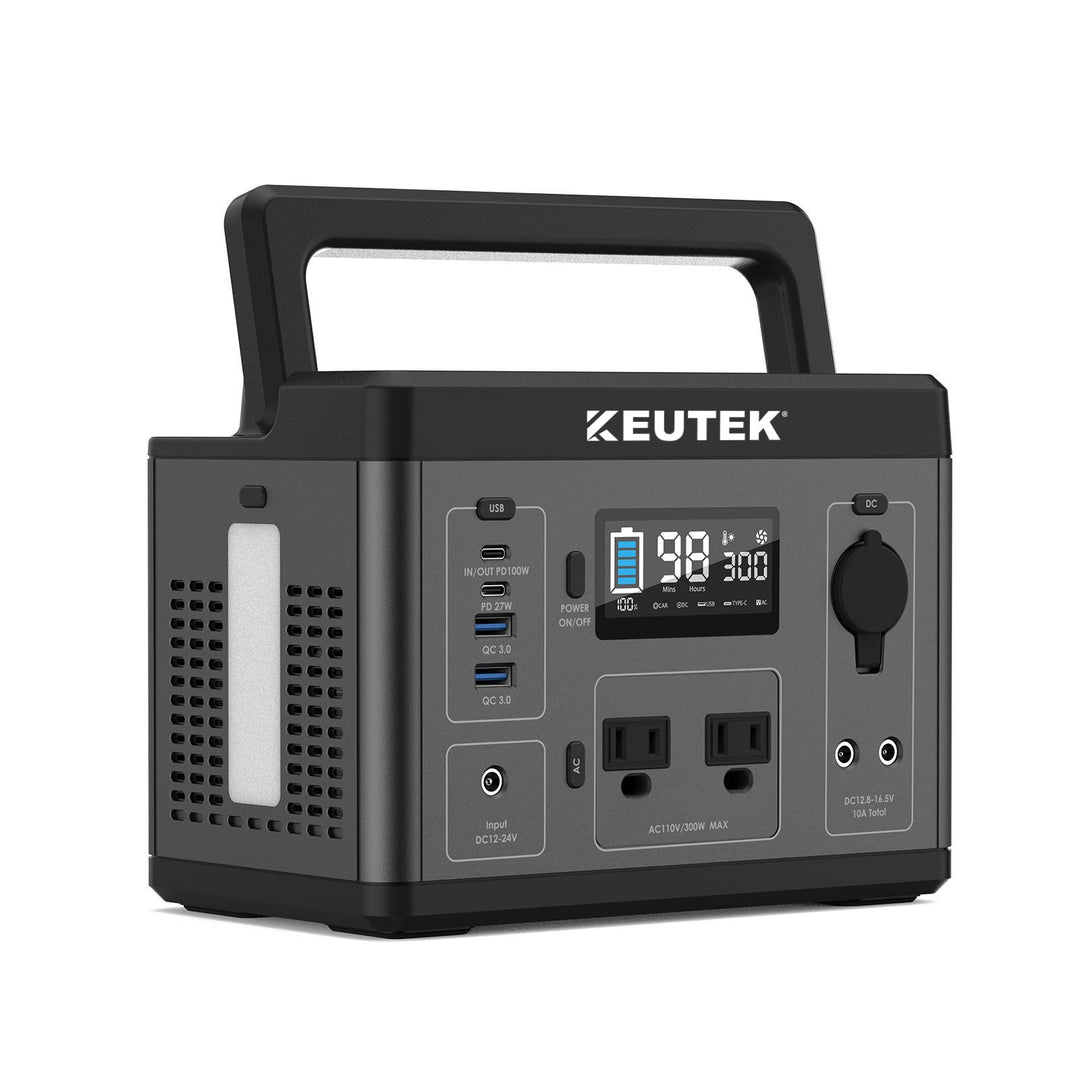
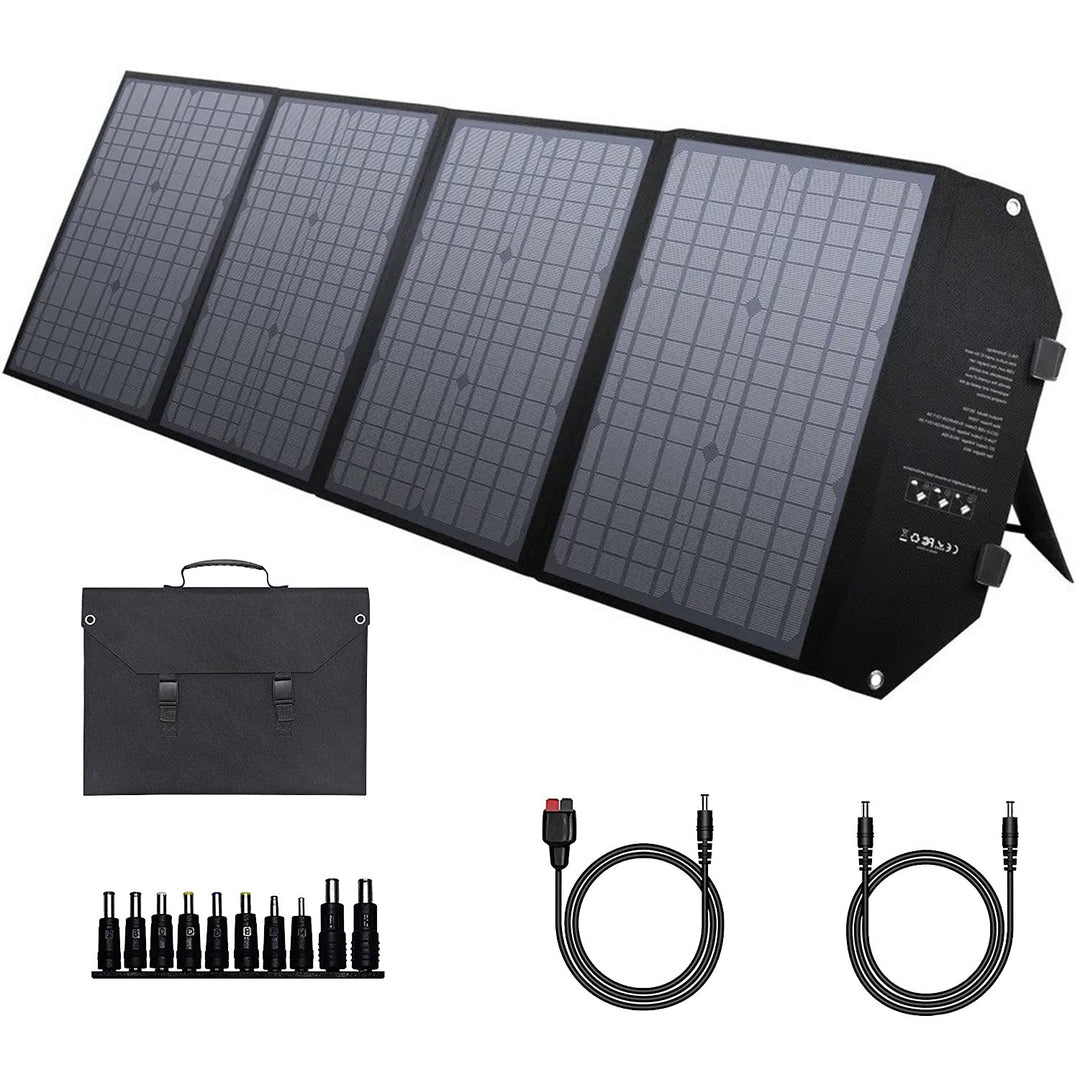
Leave a comment